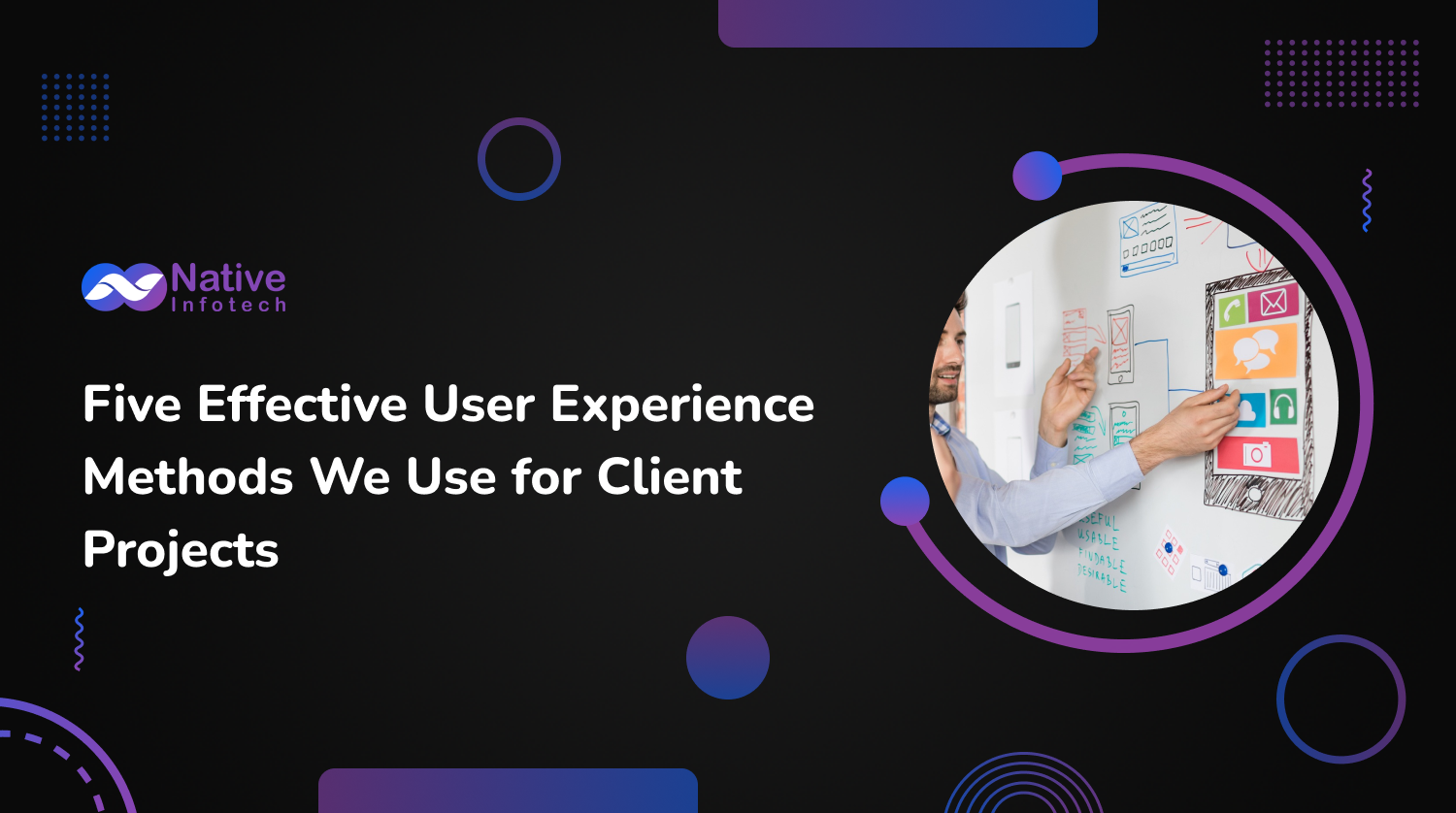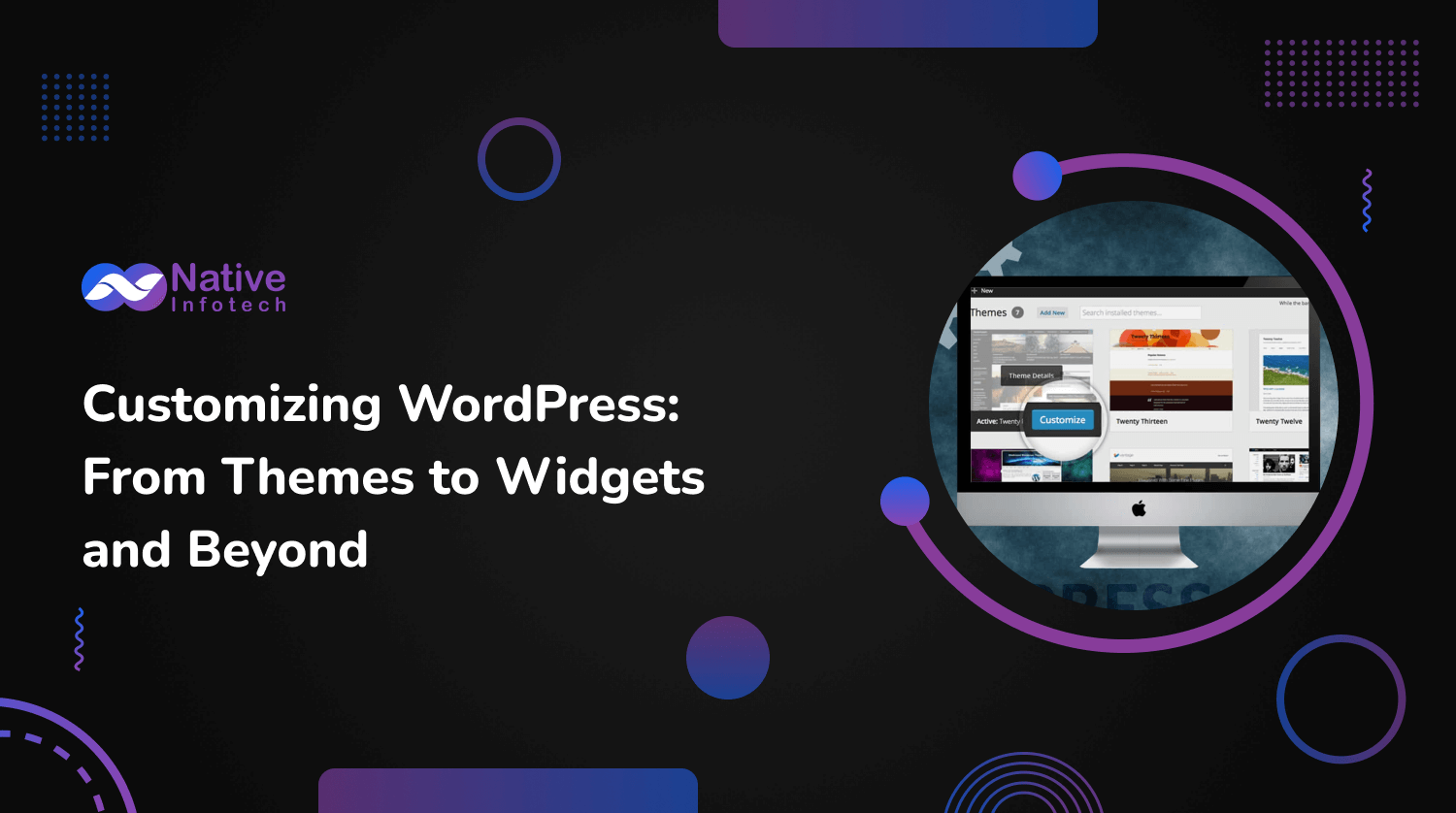
| Section | Content Summary |
Introduction to User Experience |
Introduction to the importance of UX in client projects. |
The Role of UX in Business Success |
Explaining how UX contributes to client satisfaction and business growth. |
Method 1: User Research |
Detailed overview of conducting user research and its benefits. |
Techniques and Tools for User Research |
Discuss various techniques and tools used in user research. |
Method 2: Usability Testing |
Explanation of usability testing phases and its impact on UX. |
Case Study: Usability Testing Success |
Example of a successful usability testing implementation. |
Method 3: Interactive Prototyping |
Discuss the process and advantages of interactive prototyping. |
Tools for Prototyping |
Overview of tools used for creating interactive prototypes. |
Method 4: Information Architectur |
Explanation of information architecture and its importance in UX. |
Implementing Effective Information Architecture |
How to create and implement an effective information structure. |
Method 5: Visual Design |
Discussion on the role of visual design in UX. |
Principles of Effective Visual Design |
Key principles that guide effective visual design. |
Integrating UX Methods into Client Projects |
How these methods are integrated into actual client work. |
Conclusion |
Summarize the importance of the discussed methods in enhancing UX. |
FAQs |
Address common questions related to UX methods. |
1. Introduction to User Experience
User experience (UX) is a vital component in the success of any digital project. It goes beyond making a project visually appealing; it ensures that everything functions smoothly and is easy for users to interact with. This article will discuss five straightforward yet effective UX strategies. These methods have been tried and tested across various projects, proving their worth by enhancing user satisfaction and project effectiveness.
2. The Role of UX in Business Success
User experience, commonly known as UX, plays a crucial role in the success of any project because it has a significant impact on customer satisfaction and loyalty. Effective UX design encourages users to interact more with the product, which can lead to higher engagement rates. This increased engagement is vital as it fosters customer loyalty, encouraging users to return and continue using the product. Over time, this loyalty and repeated engagement contribute to the overall growth and success of the business.
Method 1: User Research
Understanding the user is a fundamental aspect of any user experience (UX) strategy. Conducting user research is essential as it provides deep insights into how users behave, what their needs are, and what motivates them. This research is crucial because it helps guide the design process, ensuring that the final product not only meets but exceeds user expectations.
Techniques and Tools for User Research
Techniques such as conducting interviews, distributing surveys, and observing user interactions play a critical role in understanding user needs. Additionally, digital tools like Google Analytics, Hotjar, and UserZoom are invaluable as they provide both quantitative (numerical) and qualitative (detailed, descriptive) data. This combination of methods and tools allows designers to gather comprehensive insights, which are essential for making informed decisions about how to improve the design and functionality of a product.
Method 2: Usability Testing
This method checks how simple it is to use a product’s interfaces. It involves real people using the product to find any problems with how it works before it is made available to everyone.
Case Study: Usability Testing Success
This is a detailed case study that examines how conducting usability testing on the checkout process of a retail website significantly enhanced its performance. By focusing on making the checkout experience user-friendly, the study found that the website saw a dramatic reduction—about 50%—in the number of shoppers who left their carts without completing their purchases. This improvement not only made the checkout process smoother but also increased overall customer satisfaction and sales.
Method 3: Interactive Prototyping
Prototypes serve as practical tools that allow designers and key project stakeholders to test and evaluate ideas without immediately investing significant resources into development. They are essential in the design process because they enable rapid experimentation and refinement of concepts. This approach ensures that potential issues can be addressed early on, saving time and money while enhancing the final product’s effectiveness and user satisfaction.
Tools for Prototyping
Software tools such as Sketch, Adobe XD, and InVision are designed to assist designers in creating dynamic and interactive prototypes that closely resemble the final products. These tools enable the development of prototypes that not only look like the end product but also function similarly, allowing designers to test and refine interactions and design elements effectively. This process helps ensure that the final version of a product will meet user expectations and work smoothly, providing a valuable step in the design workflow.
Method 4: Information Architecture
Organizing content in a clear and structured manner, and labeling it effectively, makes it easier and more efficient for users to locate the information they need and complete their tasks successfully. By carefully arranging and naming content, we can ensure that it is accessible and understandable, which enhances the overall user experience and supports the sustainability of the system. This approach not only aids in navigation but also improves user satisfaction by simplifying interactions with the content.
Implementing Effective Information Architecture
Strategies to improve content organization involve several key actions. First, creating clear and straightforward navigation paths helps users move through a website or application with ease. Second, defining user flows involves mapping out each step a user takes to complete tasks, ensuring a logical and efficient process. Lastly, employing card sorting techniques is a useful approach to optimize how content is grouped. This method involves users categorizing content into groups that make sense to them, which helps in organizing the content in a way that aligns with user expectations and enhances findability.
H3: Method 5: Visual Design
Visual design plays a crucial role in shaping how users perceive and interact with a product or service. It involves using elements of aesthetics, such as colors, shapes, and layouts, to enhance the usability and appeal of interfaces. The goal is to make the user’s experience more intuitive and enjoyable by designing elements that are not only pleasing to the eye but also functional. By focusing on aesthetics, designers can influence user behavior, encourage engagement, and ultimately increase user satisfaction with the product.
Principles of Effective Visual Design
Key principles such as color theory, typography, and layout play a crucial role in determining the visual presentation of digital interfaces. Color theory involves understanding which colors work well together and how they affect users emotionally and psychologically. Typography focuses on the art and technique of arranging type to make the text readable and appealing. Layout refers to how content and images are structured and organized on a page. Together, these elements guide designers in creating visually appealing and functional interfaces that enhance user experience.
Integrating UX Methods into Client Projects
These techniques are brought together through a cooperative approach involving user experience (UX) designers, clients, and other key stakeholders. This collaboration ensures that every facet of the user experience is carefully considered and enhanced. By working together, UX designers, clients, and stakeholders can share insights and feedback, which helps in refining the design to better meet user needs. This integrated process is crucial for optimizing all aspects of the user interaction with the product, from visual appeal to functionality, ensuring a seamless and effective user experience.
Conclusion:
Incorporating these user experience (UX) methods into client projects leads to more effective and user-focused outcomes. By prioritizing the needs and preferences of users, these approaches ensure that the final product not only meets but often exceeds user expectations. This focus on user-centric design contributes to higher levels of user satisfaction, which in turn can lead to more positive business results. The integration of well-thought-out UX strategies helps in creating products that are not only functional but also enjoyable to use, thus enhancing the overall success of client projects in competitive markets.
FAQs
- What is the first step in a UX design process?
- How often should usability testing be conducted?
- What are the best tools for interactive prototyping?
- How does visual design impact user experience?
- Can good UX design improve SEO rankings?
Exploring the Future: 5 Big Changes Coming to Computers in 2024 and How to Get Ready
Are you ready to dive into the future of computing? The year 2024 promises to be an exciting time for technological advancements, with significant changes expected to revolutionize the way we interact with computers. From quantum computing to augmented reality, here are five big changes coming to computers in 2024 and how you can prepare…
WordPress Trends 2024: What’s New and What’s Next?
As we get closer to 2024, WordPress remains a top choice for creating websites, running a large part of the internet. It keeps changing and growing, making it important for developers, marketers, and business owners to keep up with the new trends. This article looks at the upcoming trends for WordPress in 2024, giving tips…


